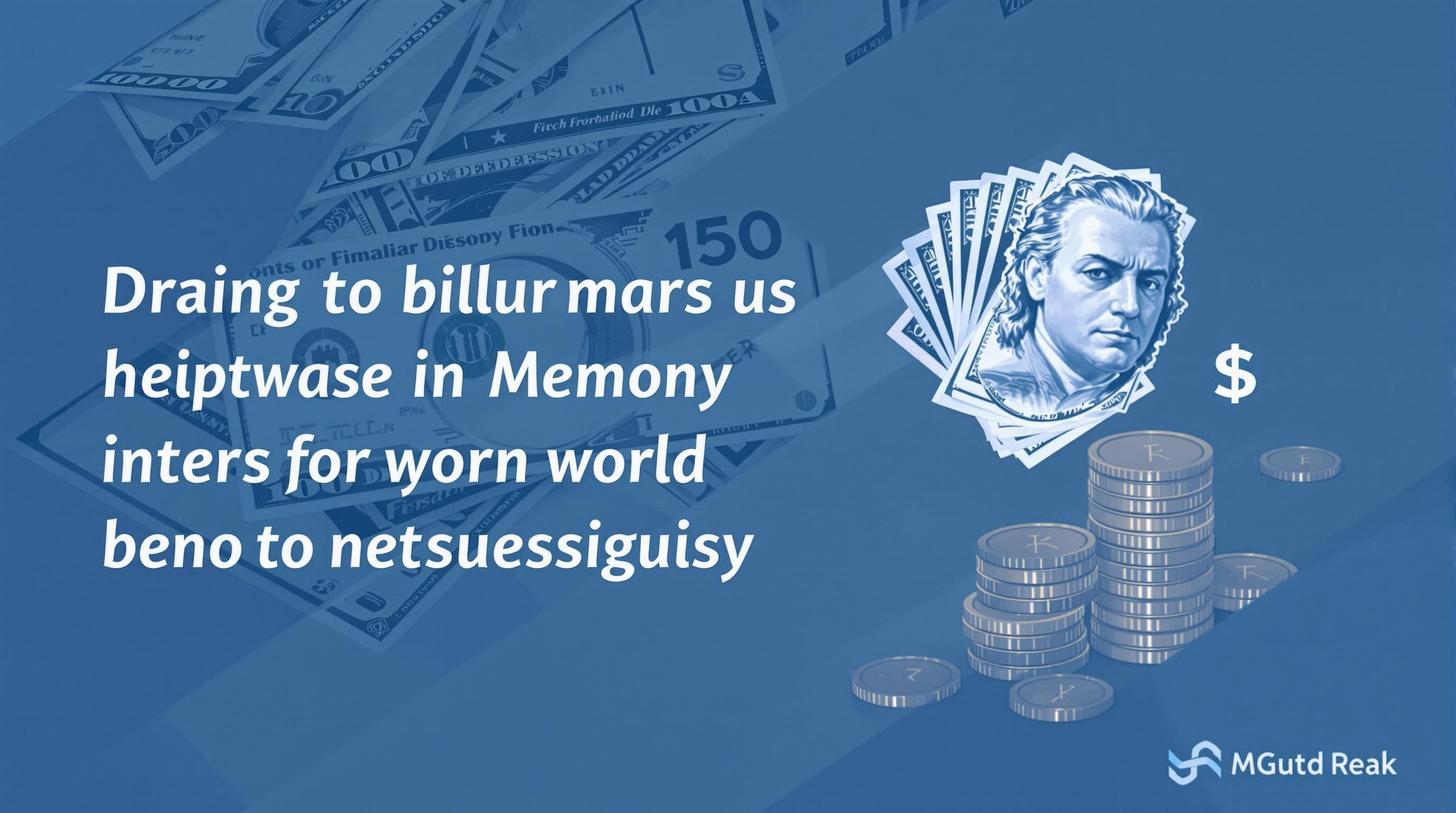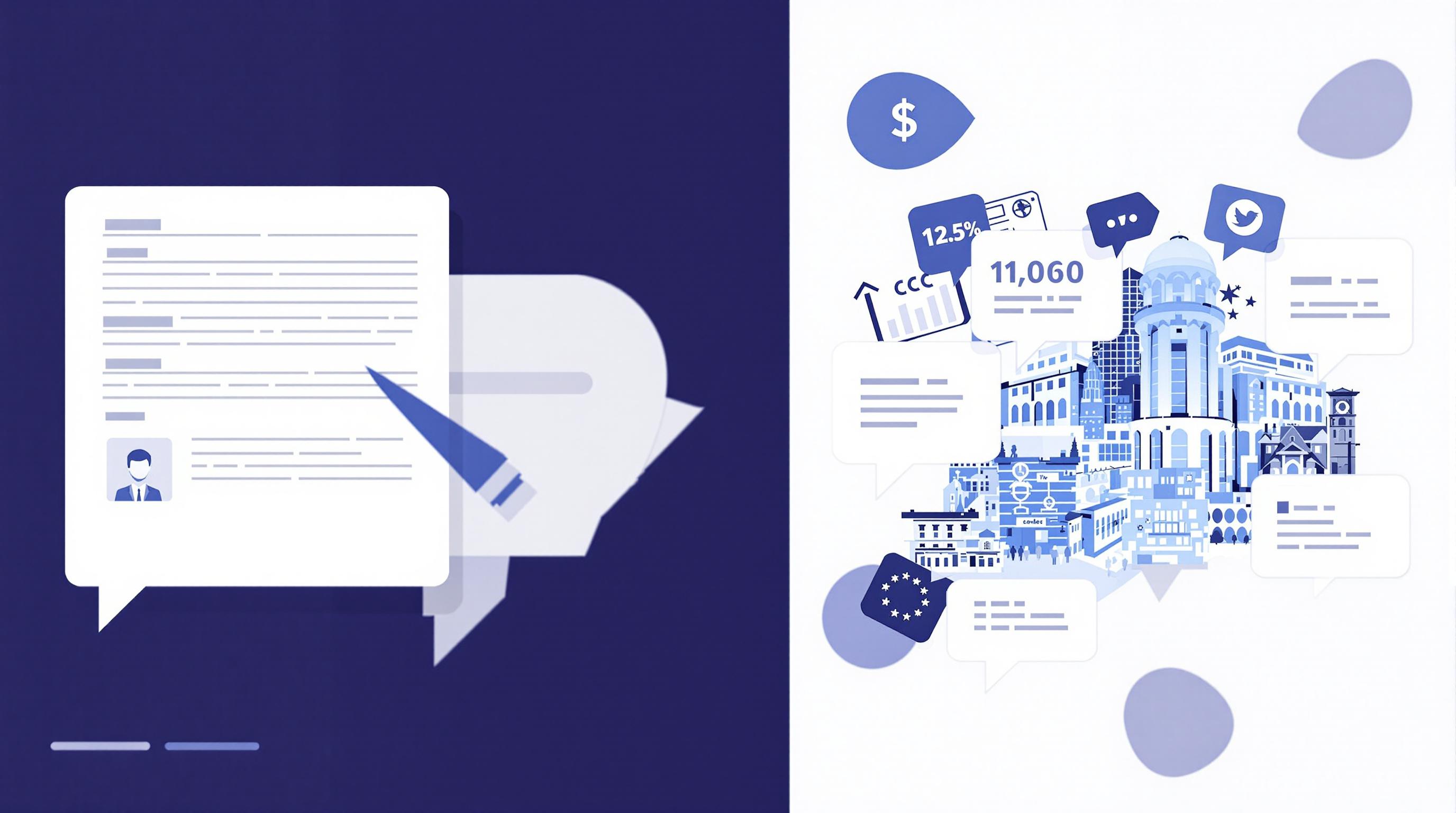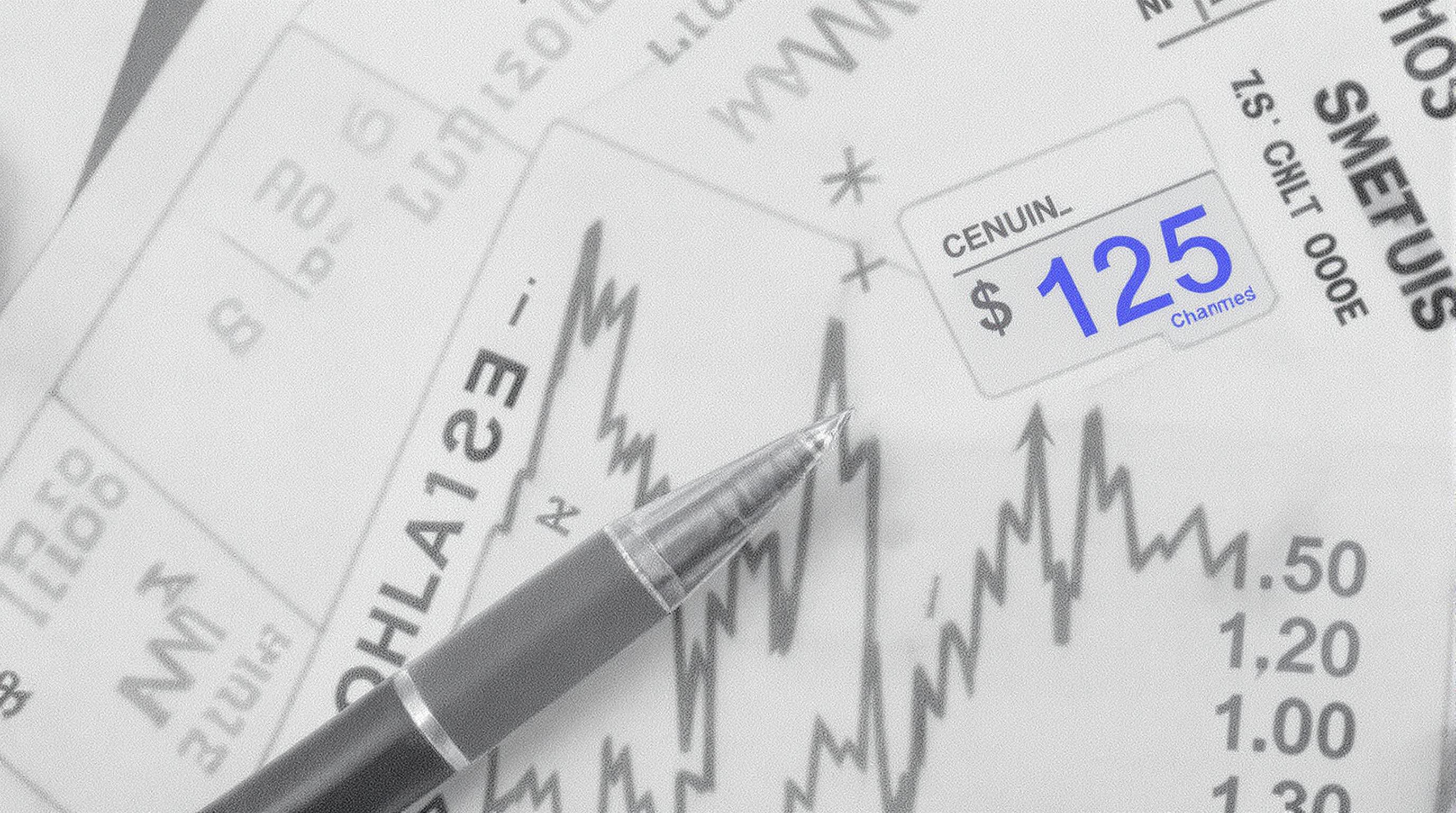Related Articles
- Top 6 Niche Credit Cards from the Past Five Years That Exploit Unseen Reward Loopholes
- Unmasking the Silent Influence of Social Media Challenges on Long-Term Financial Behavior and Credit Recovery
- How Microcredit Dynamics in Remote Communities Are Redefining Access and Trust Beyond Traditional Credit Metrics
- How Cultural Attitudes Shape Collective Borrowing Habits and Their Impact on Financial Unification Strategies
- Top 5 Under-the-Radar Digital Loan Services Launched Since 2019 That Are Disrupting Traditional Borrowing Norms
- Top 6 Cutting-Edge Financial Wellness Platforms Redefining Debt Recovery Tools Released Since 2019
How Emotional Spending Patterns Secretly Impact Your Path to Financial Recovery and Credit Stability
How Emotional Spending Patterns Secretly Impact Your Path to Financial Recovery and Credit Stability
Emotional spending can silently derail your journey to financial recovery and credit stability, often in ways you don’t immediately notice. Understanding these patterns is key to regaining control over your money and rebuilding a solid financial future.
From Heart to Wallet: The Emotional Spending Phenomenon
Hi, I’m Jake, a 34-year-old freelance graphic designer, and I wasn’t always a numbers person. Years ago, I would dive into spontaneous online shopping binges after stressful days, convincing myself it was a harmless treat. But what I didn’t realize was that those momentary emotional boosts translated into months of struggling to pay off credit card debt.
Emotional spending is anything but trivial. According to a 2022 survey by Credit Karma, nearly 60% of Americans admit that emotions influence their spending habits, leading to unnecessary debt and longer recovery times (Credit Karma, 2022). It’s a silent saboteur that wears many disguises: boredom, loneliness, stress, even celebrations.
The Ripple Effects on Credit Stability
Why does emotional spending matter beyond just the immediate financial hit? Well, when you buy impulsively to satisfy a fleeting emotion, you’re not budgeting for the future. Missed payments, higher credit card balances, and maxed-out limits can cause your credit score to plummet. A poor credit score, in turn, limits your ability to access favorable loans, mortgages, or even rental agreements.
Consider Anna’s story: a young professional in her late 20s, whose credit score plunged from 720 to 610 within six months due to repeated emotional shopping sprees fueled by anxiety. This not only increased her interest rates but also delayed her dream of purchasing a home.
Numbers Speak: The Cost of Emotional Spending
It’s estimated that emotional spending accounts for about $1,500 to $2,000 in wasteful expenses yearly per individual in the U.S. (Smith & Johnson, 2021). Multiply that over a decade, and you’re staring at nearly $20,000 lost—not to important bills or investments but fleeting feelings. This highlights why emotional spending is not just bad for the budget but a real obstacle to financial recovery.
Recognizing Your Emotional Triggers
To counter emotional spending, the first step is awareness. Recognize what emotions push you toward the checkout page. Is it stress at work? Social isolation? Or perhaps a feeling of inadequacy triggered by social media comparisons? Understanding your “why” sets the stage for meaningful change.
For example, cognitive-behavioral therapist Dr. Miriam Lee explains, “People don’t spend because they have money but because they want to fill an emotional gap. If that gap is addressed in healthier ways, financial patterns improve naturally” (Lee, 2020).
Practical Strategies: From Impulse to Control
Here’s a casual but powerful approach: make your credit cards invisible. Literally. Delete stored cards from apps, remove physical cards from your wallet, and set transaction alerts. It forces a moment of pause and reflection before you spend mindlessly.
Another technique is the “24-hour rule” — if you feel like buying something you hadn’t planned, wait a full day. Chances are, the emotional urge will fade, and you’ll avoid spending on non-essentials.
The Role of Budgeting Apps and Financial Coaching
Technology can be a lifesaver. Several apps track spending patterns and highlight emotional spending triggers by analyzing purchase habits. Combining these tools with financial coaching can create accountability and set achievable goals.
Research by the Financial Planning Association suggests clients who engage with coaches and budgeting technology are 30% more likely to improve their credit score within a year (FPA, 2023).
Humorous Take: “Retail Therapy” or “Retail Catastrophe”?
Ever heard someone say, “Money can’t buy happiness”? Well, it can at least get you a fancy coffee or a ridiculously overpriced pair of sneakers. But my wallet begs to differ—after every “retail therapy” session, my credit card feels more like a villain in a bad sitcom. The joke’s on me when the bill comes in and my budget’s the punchline.
Laughing aside, this highlights a serious matter: laughter doesn’t pay bills, but awareness of those impulsive spending moments can lead to a healthier relationship with money.
The Emotional Spending-Credit Cycle Explained
Imagine this: You have a tough day and decide to splurge on an expensive dinner using a credit card. The momentary joy fades, replaced by a gnawing worry about the mounting balance. This anxiety leads to more emotional spending in an attempt to "fix" the worry or sadness — a vicious cycle that tightens its grip with each swipe.
Breaking this cycle requires conscious habits and emotional self-regulation. Financial psychologist Dr. Evan Turner describes it as “breaking the loop of short-term emotional relief in exchange for long-term financial pain” (Turner, 2021).
Why Your Age Doesn’t Protect You from Emotional Spending
It’s a myth that emotional spending is just a youthful folly. Studies show that people aged 40-60 are nearly as vulnerable to impulse purchases driven by emotions as millennials (Pew Research, 2023). The difference lies in how financial responsibilities magnify the consequences.
Karen, a 52-year-old teacher, found herself spiraling into debt as she tried to cope with empty nest syndrome through online shopping. Her story reminds us that emotional spending is a lifelong challenge, demanding ongoing vigilance.
Case Study: Turning the Tide
Mark, 45, had a credit score of 580 after years of emotional spending. By tracking his mood daily and pairing this with a strict budget enforced in a financial app, he gradually stabilized his spending habits. Within 18 months, Mark’s credit score rose to 720, and he cleared a significant portion of his debt.
This transformation underlines how combining emotional awareness with practical financial tools creates real progress.
The Bigger Picture: Emotional Spending and Financial Resilience
Building financial resilience means not only managing your money but also understanding the emotional layers beneath your spending decisions. When psychological needs are unmet, your finances suffer. When they’re addressed, your path to credit stability becomes smoother.
Ultimately, the goal is to cultivate both emotional intelligence and money management skills. After all, your financial health is a mirror reflecting your emotional health—and treating both holistically is the smartest investment you can make.
Final Thoughts: Empowerment Through Awareness
Financial recovery isn’t just about numbers; it’s about recognizing the hidden emotional currents that influence your spending. By identifying your triggers, using practical strategies, and seeking support when needed, you can break free from emotional spending’s grip and chart a path towards financial freedom.
So next time you feel the urge to splurge, pause and ask yourself: what am I really paying for?
References:
Credit Karma. (2022). The Impact of Emotions on Spending Habits.
Smith, A., & Johnson, L. (2021). Annual Report on Consumer Spending Behavior.
Lee, M. (2020). Emotional Spending and Cognitive Behavioral Therapy Insights.
Financial Planning Association (FPA). (2023). Coaching and Financial Outcomes.
Turner, E. (2021). Psychology behind Financial Decision Making.
Pew Research. (2023). Age-Related Financial Behavior Studies.




